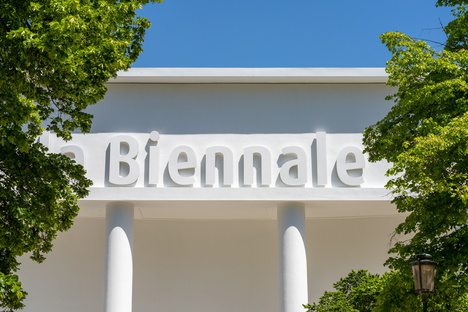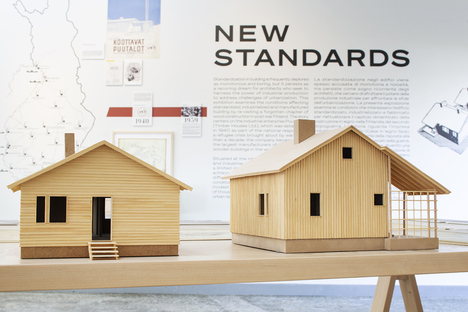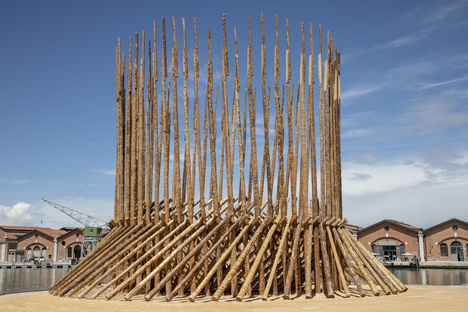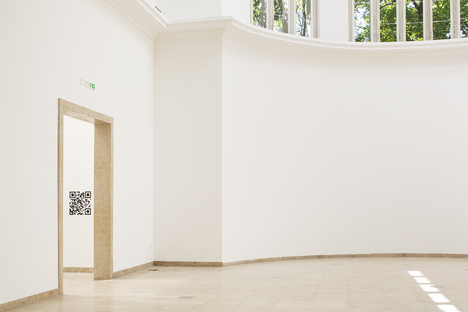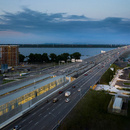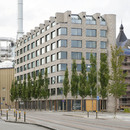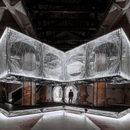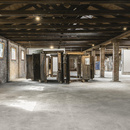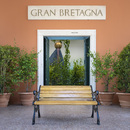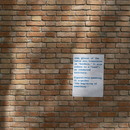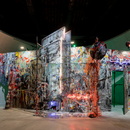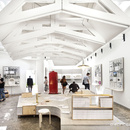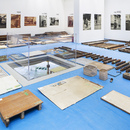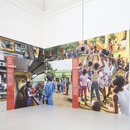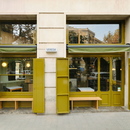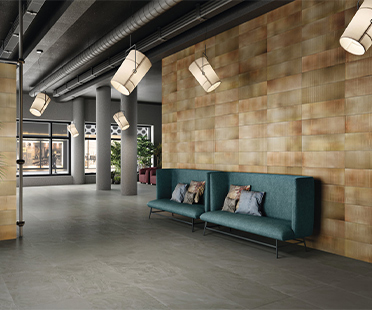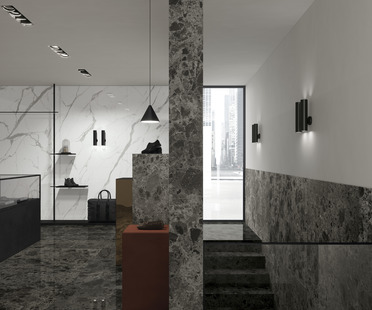25-05-2021
How will we live together? First impressions from the 17th Architecture Biennale
Marco Zorzanello, Andrea Avezzù, Francesco Galli,
Wood,
- Blog
- News
- How will we live together? First impressions from the 17th Architecture Biennale
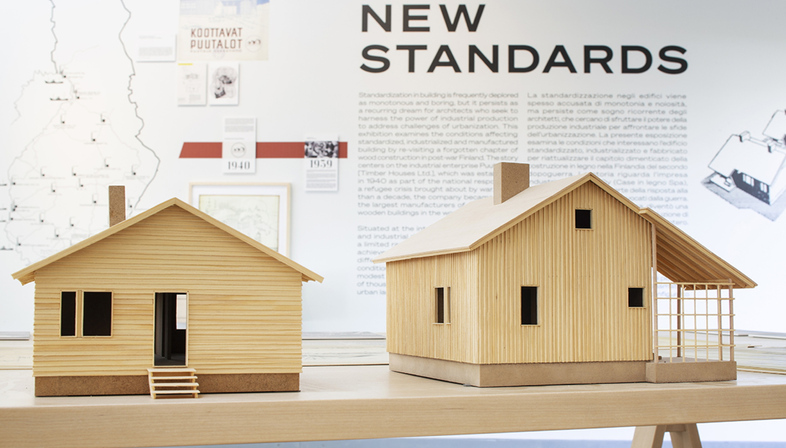 The question of our coexistence - with each other, with nature, and with a rapidly changing world, greatly shaken by the Covid-19 pandemic - is a crucial one. Curator Hashim Sarkis explained why he wanted to ask architects rather than politicians. After two days at the preview of the 17th International Architecture Exhibition of the Venice Biennale, one might conclude that a question of this magnitude is too complex to be addressed solely from an architectural point of view but should be carefully considered by all stakeholders.
The question of our coexistence - with each other, with nature, and with a rapidly changing world, greatly shaken by the Covid-19 pandemic - is a crucial one. Curator Hashim Sarkis explained why he wanted to ask architects rather than politicians. After two days at the preview of the 17th International Architecture Exhibition of the Venice Biennale, one might conclude that a question of this magnitude is too complex to be addressed solely from an architectural point of view but should be carefully considered by all stakeholders.A lot of historical-sociological research clearly went into a number of the exhibitions. This is of fundamental importance, because only if you understand where you come from and how you live now you can have a vision of where you are going, or where you want to go. We will be taking a closer look at some of the participants on Livegreenblog in the weeks to come.
A number of countries have been unable to participate in the exhibition due to the effects of the pandemic, and this is clearly noticeable. Other nations preferred to opt for a 'light' presence, such as the German Pavilion, 2038. The New Serenity, the content of which may be accessed via Mozilla hubs, permitting Covid-safe, accessible exploration for all. A fascinating and highly democratic idea, but in practical terms, something more tangible on-site wouldn't have hurt after long months spent in virtual spaces!
Wood is the most intensively used material in this edition of the Biennale. From American Framing, the US pavilion with a wooden sculpture in front of it which can be explored and introduces the fascinating theme of the wooden buildings of America’s architectural heritage, to New Standards, the Finnish Pavilion, telling the story of prefabricated wooden houses in a fascinating way. In the Nordic Pavilion, completely clad in wood, the sculpture by ELEMENTAL and Alejandro Aravena, curator of the 15th Architecture Biennale in 2016, in memory of the Mapuche tradition, expresses hope for peaceful coexistence between peoples. But the Biennale offers no explanation of how we can ensure sustainable use of wood, which, although a natural resource, is based on forestry, an essential discipline for securing the future of our planet.
Speaking of disciplines, we might have expected to see more landscape architecture and more urban planning, because architecture is forward-looking: it will take time before the designs of today can be built. This aspect of impact on the future is all the more valid in the case of master plans and landscaping projects, in which it takes decades from the first sketches to complete realisation.
The colourful installations between the Biennale Pavilion in the Giardini and the Corderie in the Arsenale, are certainly pleasant, but a number of them present explanations and captions intended only for insiders, highlighting the great need for clearer communication about architecture. In short, we have yet to understand how we will live together, but the solution most definitely depends on all of us, not just the architects who see themselves as artists. Who knows if we will find answers in 2022, at the Art Biennale or at documenta15: we sure hope so!
In the meantime, we recommend stopping off at the Danish Pavilion, curated by Danish art historian Marianne Krogh, to immerse ourselves in "con-nect-ed-ness" and understand our profound interconnection with the world, in an authentic, immersive experience that goes beyond the function of providing information.
Follow us in the weeks to come for further information on the Biennale!
Christiane Bürklein
La Biennale di Venezia
17th International Architecture Exhibition
How will we live together?
Curator: Hashim Sarkis
Date: (preview May 20th and 21st) May 22nd 2021 – November 21st 2021
Location: Giardini and Arsenale, Venezia - Italy.
Official website of the Biennale Architettura 2021: www.labiennale.org
Official hashtag: #BiennaleArchitettura2021 #HowWillWeLiveTogether
Images: Andrea Avezzù, Francesco Galli, Marco Zorzanello - courtesy of La Biennale
Find out more: https://www.labiennale.org/










